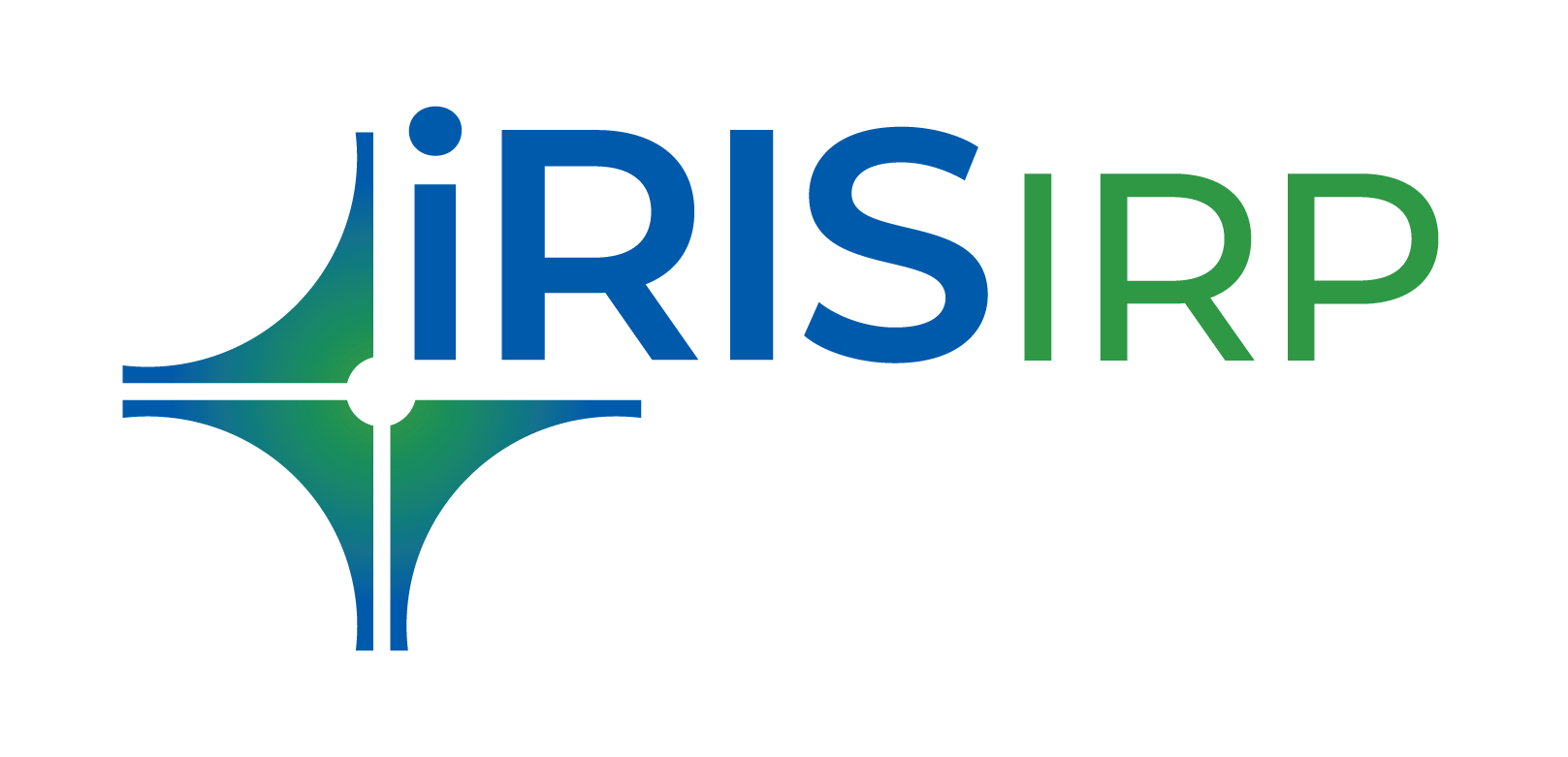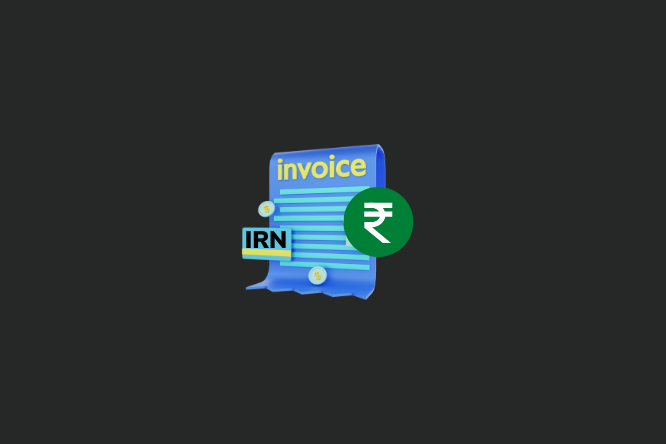E-invoice Generation: Steps for IRN Generation, Back-dated Invoices, Penalties and more
E-invoice generation has been a hot topic of discussion amongst the business community ever since the revolutionary e-invoicing mandate has been implemented in our country.
The e-invoice mandate rolled out in India in October 2020 for companies with an annual aggregate turnover of Rs. 500 Cr. Since then the business community has been contemplating the applicability of the mandate for small companies. As expected the mandate was made applicable for Rs. 100 Cr. + turnover companies in January 2021 and later to Rs. 50 Cr. + companies in April 2021. The threshold was further been reduced to companies with an AATO of Rs. 20 Cr. or more from April 1, 2022 and now for companies with an AATO of Rs. 10 Cr. or more from October 1, 2022 (any FY from 2017-18 onwards) as per GST Notification 17/2022.
Synopsis of e-invoice mandate in India
E-invoicing is changing the way Indian business markets operate. To help you understand the e-invoicing or the electrical e-invoicing mechanism, let us break down the process in detail here.
Under the mechanism, all the B2B invoices and Export invoices generated by a business need to be registered with the Government system i.e. the Invoice Registration Portal (IRP) to obtain a unique identification number for every invoice called Invoice Reference Number (IRN). Along with the Invoice Reference Number or IRN, the IRP will also create a digitally signed QR code with select details from the invoice and digitally sign the uploaded invoice data. Thus, an e-invoice is a document that has an IRN associated with it and a digitally signed QR code printed on it.
Note: After the mandate is applicable to a business, invoices will be considered valid only if they are digitally signed by IRP i.e. have IRN printed on them.
Steps for IRN generation
- Prepare your invoice in your ERP/ Accounting Software
- Send the Invoice Data to the GSTN Authorised IRP like IRIS IRP
- Obtain IRN and QR Code
- Print the invoice with the acquired IRN and QR Code
- Send the invoice to your customer

With IRIS IRP, you can prepare a single e-invoice via our tool or bulk generate IRN through the excel utility, pull IRN in your ERP via API Integration or custom print invoices using an awesome cloud platform!
If you are a small business owner (MSME/SME): IRIS IRP helps you to jumpstart your e-invoicing using the offline excel utility tool i.e. MS Excel interface. You can send Invoice Data to IRP in bulk and generate e-invoices real-time! Also, get to generate e-invoices and e-way bills on a single platform.
If you are a large business owner: IRIS GST E-invoicing is the best option for you - It is the fastest and easiest way to generate e-invoice. There are multiple options to generate IRN via IRIS E-invoicing. You can use APIs, and get a bulk upload facility or you can even go with SFTP or manual upload of invoices.
If you are a solution provider yourself: IRIS IRP calls all ERP providers and system integrators to design a seamless user journey for your customers using IRIS IRP to build a robust and error-proof e-invoice compliance. We offer Core and Enhanced APIs for e-invoice generation.
Aligning your invoicing process for e-invoice
As IRN generation is a new step, so we need to align your current invoicing process before anything goes out to customers:
- If you share an invoice as soon as it is created from your system, then you need to ensure that IRN is obtained while the invoice is being created in your system itself.
- If you follow a batch process, wherein at specific schedules the invoices are generated then you can have IRN generation as an additional batch process.
While re-aligning the process, you must take care of some key points mentioned below:
While the steps are pretty simple, there are certain aspects that taxpayers need to note like adding e-way bill details if applicable so that e-way bills and e-invoices will get generated together. Also, there are some validation rules to be followed while e-invoice generation in order to have an error-free process. And taxpayers are also required to learn about certain industry-specific requirements that are also needed to be taken care of!
IRN Generation for back-dated invoices
IRN requests with document date from 01/04/2021 only will be accepted and processed for IRN generation. IRN requests belonging to previous dates will be rejected. So for the financial year 21-22 dated invoices, the limit to generate IRN is allowed till 30th Nov 2022.
Post that for FY 22-22, IRN requests with Document Date from 01/04/2022 only will be accepted and processed for IRN generation. This limit will be allowed till 30th Nov 2023.
Avoid time lag between invoice creation and IRN generation
IRN should be present before the invoice is shared with the customer. As per your routine business process, if there is a gap between when the invoice is generated in the system and when it is shared with the customer, you can use the window in between to get your IRNs in place.
However, in the initial days, there was a validation rule on the E-invoice Portal which disallowed IRNS for invoices older than a day. This means taxpayers had to generate IRN within 24 hours of the invoice date. This rule was removed shortly and is no longer effective. But as a good practice, we would recommend not to have long time gaps between invoice date and IRN.
Penalty for being non-compliant with e-invoice mandate
E-invoice generation and digitally-signed QR code on the documents for specified transactions becomes mandatory if you are covered under the mandate. As per rule 48(5) of the CGST Rules, failure to generate an IRN (e-invoice) will be considered as a ‘failure to issue an invoice and will attract penalties.’
- The penalty for non-issuance of e-invoice is 100% of the tax due or Rs.10,000 whichever is higher.
- The penalty for incorrect or erroneous e-invoice is Rs.25,000
While these are Government-imposed penalties, you may be subject to strict action from your customer. Your non-compliance will result in ITC loss for them.
Being e-invoice compliant is easy and beneficial too
The threshold for e-invoice applicability has been consistently reduced. From Rs. 500 Cr. in October 2020, it now stands at Rs. 10 Cr. from October 2022. E-invoice mandate though transactional in nature, is quite straightforward to get started.
Primarily, at the system level and technology change, e-invoices can also be generated from IRIS GST’s MS Excel-based desktop tool. No technical integration and no need to navigate between many applications.
And yes it is a mandate to be complied with, however, has immense benefits attached, especially for small businesses. Read why small businesses should look forward to e-invoicing. E-invoices opens up doors for invoice-based financing. This could ease the liquidity needs of MSMEs.
Apart from this direct benefit, standardisation and hence scope for automation and efficiency across the supply change are something to look forward to in an e-invoicing world.
****
IRIS is now a GSTN Authorised IRP (Invoice Registration Portal). IRIS IRP has been developed by the makers of IRIS GST, a business line of IRIS Business Services Limited is one of the few authorized GSPs chosen in the first round of selection by GSTN in 2017. At IRISGST, we believe that the implementation of GST and now e-invoicing will play a pivotal role in crafting the technological advancement of any business.
IRIS GST’s e-invoicing solution has proven to be a blessing for all our clients who managed to carry out the entire process of IRN generation smoothly. IRIS has generated a record-breaking 20 million e-invoices with 99.99% accuracy since October 2022 for clients from across all industries!
We have been awarded the Best Tax Technology Service Provider - 2022 (Jury Award) at the prestigious TIOL Awards and also, Best Fintech Company- 2021 by Financial Express.
Soon, the businesses with an annual aggregate turnover of Rs. 5 Cr. will get covered under the e-invoicing mandate from is 1st January 2023, as per sources. To start generating e-invoices, there are certain preparatory activities. Organisations can get started with these in parallel to getting their internal system and processes ready for e-invoices.
Here are all the important tasks that one needs to undertake before starting their e-invoicing journey: Crossed the e-invoicing turnover limit? Here are 5 things to do next!
Don’t delay anymore
Start your e-invoicing journey with us today!

Up-time

Average throughput time
IRIS IRP is the Govt. authorized Invoice Registration Portal (IRP) for businesses like yours to prepare e-invoices. Schedule a free call with us and start generating IRN promptly

 मराठी
मराठी